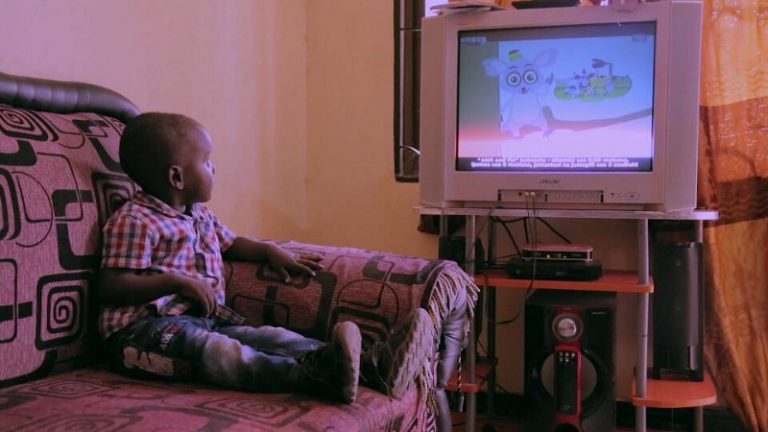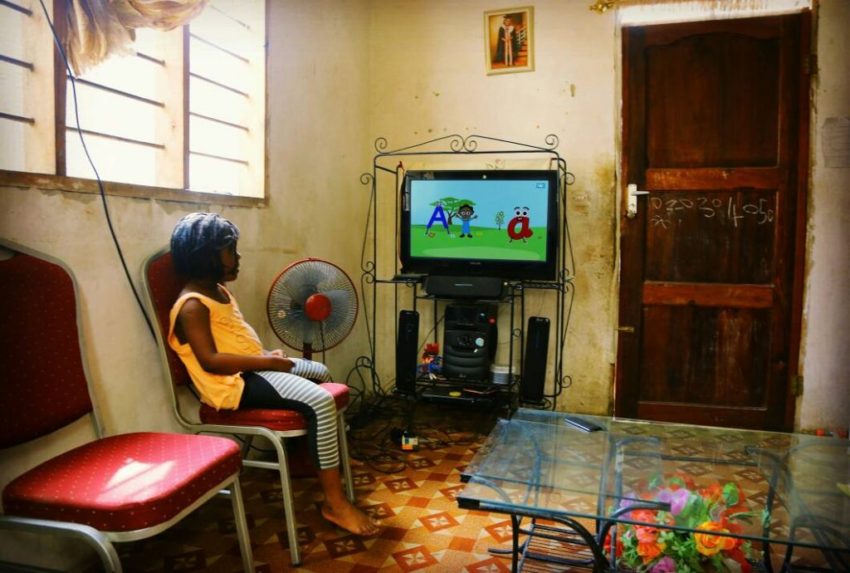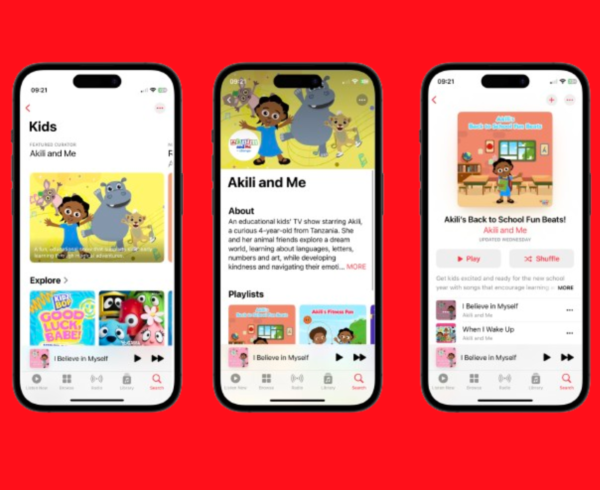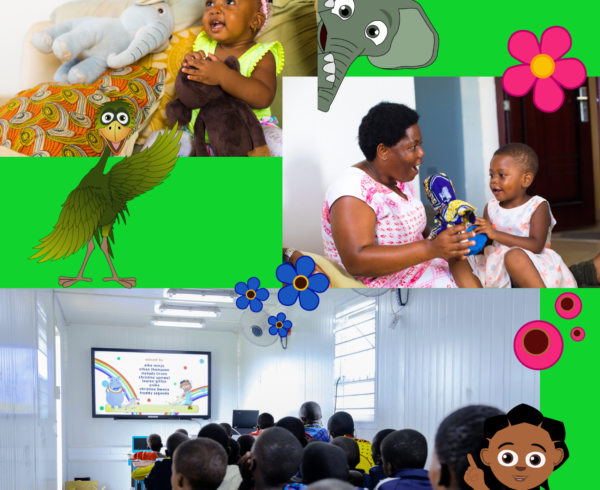Human beings have been hooked on TV since the late 19th century.
This medium of audio-visual communication has greatly impacted world history by addressing social issues such as racism, classism, and sexism through movies; highlighting the atrocities of war and genocide through great journalism, and even changing human social behaviour through PSAs and TV shows.
At Ubongo we harness the reach of television in Africa and the influential qualities of the medium to provide kids with research-based fun educational content that helps them learn and love learning. However, as technology continues to rapidly change and other digital devices such as smartphones and tablets become increasingly accessible in many parts of Africa, one has to wonder, is TV on its way out?
Well, as we celebrate World Television Day on November 21st, here are 5 important statistics that suggest that TV will remain an important tool to reach millions of people in sub-Saharan Africa.
- In 2015, there were nearly 55.34 million TV households in Sub-Saharan Africa. This number which is expected to rise to about 75 million by 2021. (Statista)
- Angola, South Africa, Namibia, and Kenya have the highest media penetration in Africa, based on an amalgamation of their individual mobile, TV, radio, print and internet penetration. (Nielsen’s Africa Prospects Indicators)
- As of 2016, there were approximately 19.47 million pay TV subscribers in Sub-Saharan Africa. Revenue in the pay-TV market across sub-Saharan Africa has nearly doubled since 2010, topping $3.5 billion 2014, and could reach $6.2 billion by 2020. (Statista)
- Video on Demand services are also on the rise in Africa, with more and more people accessing TV shows through their mobile and digital devices. The user penetration for VOD is 5.4 % in 2017 and expected to grow at 8.0 % by 2021. (All Africa)

Kid watching Akili and Me
5. Ubongo Kids and Akili and Me are the most watched local children’s programming in East Africa. As of 2017, they reach over 6.2 million households/month in East Africa.
TV is here to stay
As economies in different African countries grow, TV will become more accessible to more people across the continent. Moreover, in an effort to stay competitive Pay-TV companies have decreased the prices of different packages, making a variety of content affordable for people. And despite the increase in internet usage, internet bundles remain expensive in many parts of Africa compared to first world countries. As a result, many people in Africa are still reluctant to watch videos online and growth in that market is slow.
All in all, TV will continue to be a critical tool for those of us invested in reaching a wide range of people in the continent in impactful ways.















